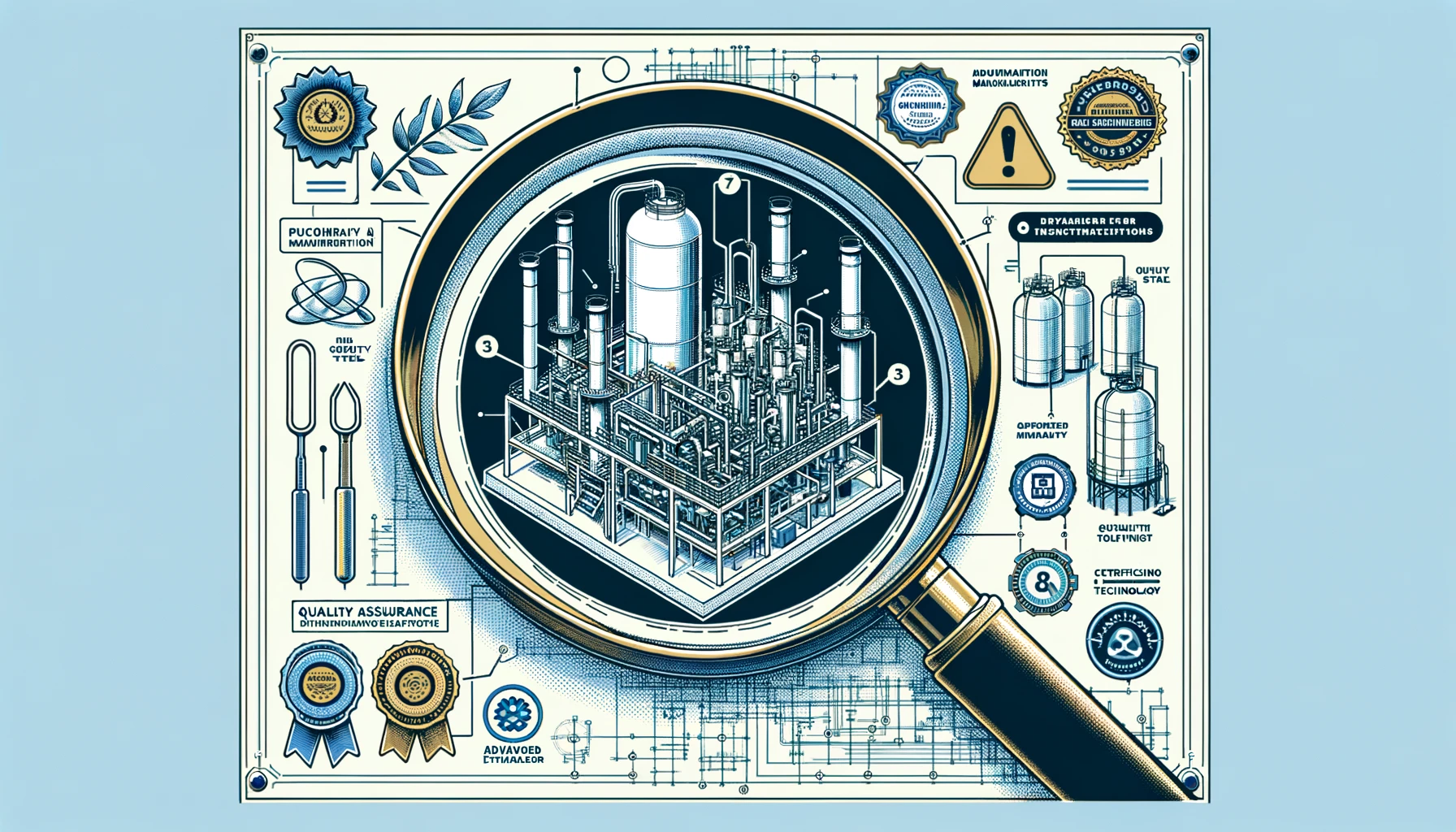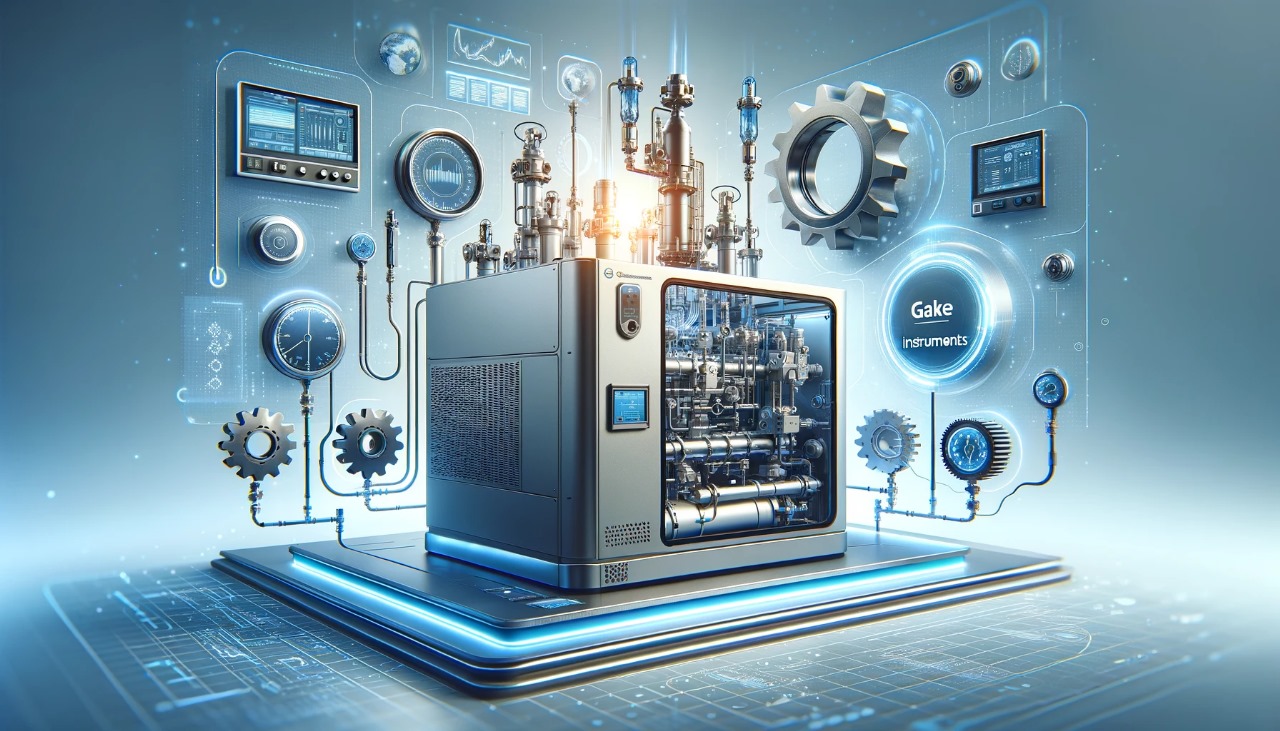The production of nitrogen, a critical element essential for various industrial applications, including chemical manufacturing, electronics, and food packaging, has evolved significantly over the years. For Quality Assurance (QA) Department Heads, understanding this evolution is key to ensuring product quality, safety, and regulatory compliance. This comprehensive review traces the history of nitrogen production, highlights technological advancements, and discusses the implications for QA practices.
Historical Overview
Nitrogen production has come a long way since the early 20th century. Initially, nitrogen was obtained from natural sources, primarily through the fractional distillation of liquefied air. This process, developed in 1895 by Carl von Linde, was the first to allow for the large-scale production of nitrogen. However, the method was energy-intensive and required sophisticated equipment, limiting its accessibility and affordability.
The Haber-Bosch process, developed in the early 1900s, marked a significant milestone in nitrogen production. By synthesising ammonia from atmospheric nitrogen and hydrogen gas under high temperatures and pressures, this method provided a more efficient and scalable approach to nitrogen production. The Haber-Bosch process not only revolutionised the production of fertilisers but also laid the groundwork for modern nitrogen production techniques.
Technological Advancements
Over the years, technological advancements have significantly improved the efficiency and sustainability of nitrogen production. Innovations such as cryogenic air separation units (ASUs), pressure swing adsorption (PSA) technology, and membrane separation have become pivotal in the industry.
- Cryogenic Air Separation: This method involves cooling air to very low temperatures to liquefy it and then distilling the liquid air to separate its components, including nitrogen. Modern cryogenic ASUs are highly efficient and are used for large-scale nitrogen production.
- Pressure Swing Adsorption (PSA): PSA technology allows for the separation of nitrogen from air at ambient temperatures by adsorbing other gases onto a material with a large surface area. It’s particularly useful for on-site nitrogen generation, offering flexibility and cost savings for many industries.
- Membrane Separation: This technique uses semi-permeable membranes to selectively separate nitrogen from other gases in air. It’s known for its simplicity, low energy consumption, and suitability for a wide range of applications, from food packaging to electronics manufacturing.
Implications for QA Practices
For QA Department Heads, the evolution of nitrogen production has several implications. Firstly, the availability of more efficient and sustainable production methods enables industries to meet their nitrogen needs more reliably and economically. This, in turn, can contribute to higher product quality and lower production costs.
Moreover, advancements in nitrogen production technology necessitate ongoing training and skill development for QA teams. Understanding the operational principles, capabilities, and limitations of different nitrogen generation systems is essential for ensuring product quality and compliance with industry standards and regulations.
Finally, the shift towards more sustainable nitrogen production methods aligns with increasing regulatory and consumer demands for environmentally friendly manufacturing practices. QA Departments play a crucial role in monitoring and verifying the environmental impact of nitrogen production processes, ensuring that they meet sustainability goals and regulatory requirements.
Conclusion
The evolution of nitrogen production is a testament to human ingenuity and the relentless pursuit of technological advancement. For QA Department Heads, staying abreast of these developments is not just about compliance or operational efficiency; it’s about leveraging innovation to drive quality, sustainability, and competitiveness in a rapidly changing industrial landscape. As we look to the future, the continued evolution of nitrogen production promises to bring even more opportunities and challenges for quality assurance professionals, underscoring the importance of adaptability, expertise, and strategic vision in ensuring product excellence and sustainability.





